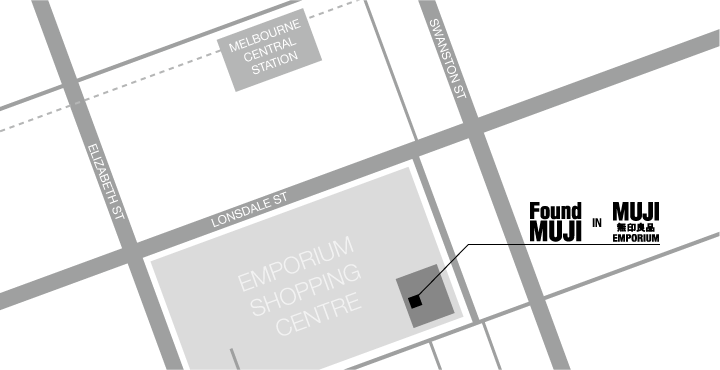Found MUJI: Germany From 1919
Posted:
![]()
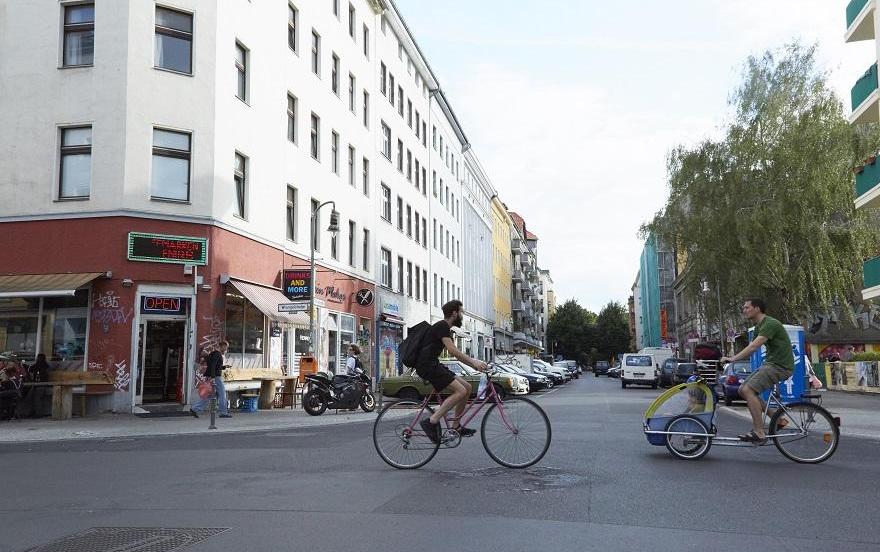
Germany From 1919
The Bauhaus art school opened nearly a century ago in Weimar, Germany in 1919. Bauhaus, which could be translated as “the School of Building,” began with the idea that the ultimate purpose of fine arts is architecture. The school brought together design, industrial arts, fine arts, craftsmanship, theatre, and many other fields to produce a large number of designers, architects, scenographers, and other artists who would go on to have a major impact on the world. Even after closing its doors in 1933, the school continued to influence life in the 20th century through those who continued to expound its philosophy. Today, daily life is punctuated with objects and circumstances infused with the Bauhaus philosophy and spirit.
What is the character of a country that would produce a movement like Bauhaus? Located in central Europe, the general image of Germany is one of a considerate, meticulous people living in a culture that deeply values history. Dotted with mid-sized cities, the German landscape naturally divides into many distinct areas, each with its own character. In each area, we found ideas that, as consumers, we wanted to bring into our own daily lives. This inspiration came from small items that are essential to day-to-day life—from objects that have been used just as they are for generations, and from watching people who truly feel the importance of innovation.
Some wonderful customs and handicrafts are gradually disappearing around the world, and Germany offers valuable hints for ways to keep these delights alive.
Promotion Starts: 29th June 2016.
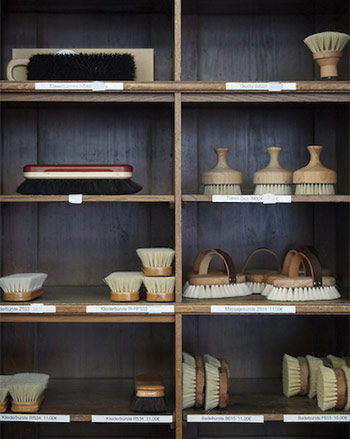 |
DIM
|
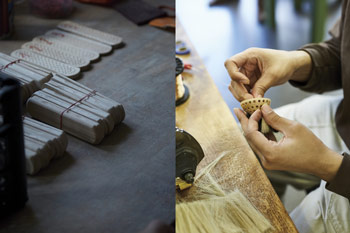 |
 |
Wooden bases lined up for use, and the process of individual bristle insertion. |
Bristles being trimmed to the perfect shape after insertion. |
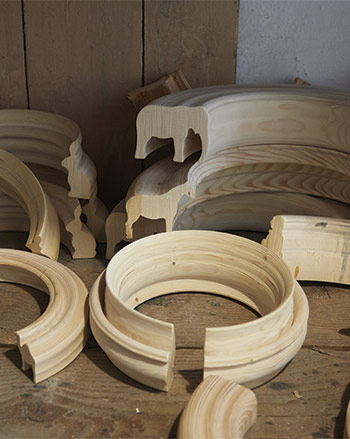 |
ReifendreherSeiffenSeiffen is located in the Erzgebirge area, along the German-Czech border. Woodworking is a booming industry in this village, and here we find Reifendreher, a special woodturning technique that artisans use to craft traditional wooden toys. Christian keeps these techniques alive, creating scores of animal figures from wood. On the day of each new moon, he treks into the nearby mountains to fell 20 large logs. The logs are dried and then skillfully carved by expert craftsmen to form shapes resembling Baumkuchen cakes. The logs are sliced crosswise and shaved into rings with a cross-section that forms the outline of an animal. The ring is then cut into thin slices, creating the wooden blocks in animal shapes. |
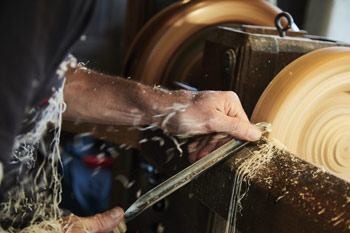 |
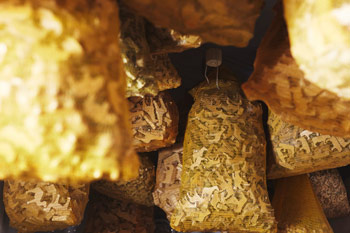 |
Each with its specific purpose, dozens of different blades are used each time in shaping the wood. |
The animal wood blocks are sorted by shape and hung from the ceiling in the basement of the workshop. |
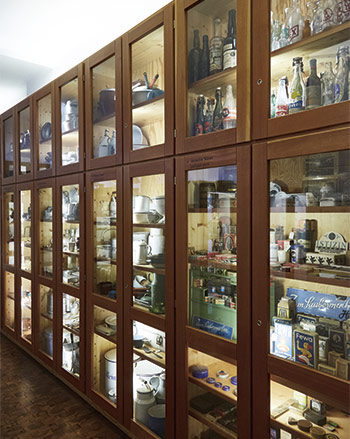 |
Deutscher WerkbundMunich BerlinThe Deutscher Werkbund was formed in Munich in 1907 by architects, craftsmen, and a number of companies, with the goal to improve the quality of products made in Germany. The association divided members into designers and producers and advocated making quality products a part of everyday life by establishing standards for manufactured products. This approach is still behind the high-quality products manufactured in Germany today. The Deutscher Werkbund came out of the Werkbundarchiv, which operates the Museum der Dinge (Museum of Things). This museum collects and displays industrial and everyday products during this period, giving visitors an overview of modern German manufacturing to the present day. |
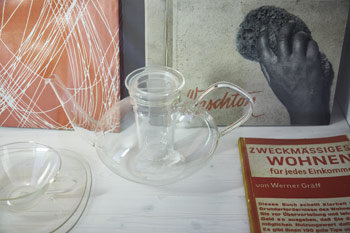 |
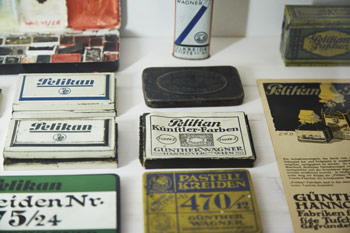 |
Glass product made in Jena, Thuringen. |
There are many German manufacturers of quality stationery. |
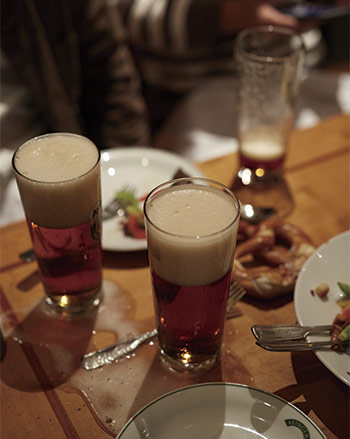 |
Measuring Line in the Beer GlassIf you happen to glance in your empty beer mug while filling up on all the flavourful sausages, mashed potatoes, pretzels, and schnitzel, you will perhaps notice a distinct line etched inside. Germany is serious about its beer, and it is against the law here to serve a beer if the foam starts below this measuring line. This is a rule that seems to have come about in a very German fashion, as such a typical scene often ends in a fight. “Don’t try to fool me! This is more foam than beer!” All glasses and mugs used to serve beer in Germany are therefore etched with this all-important demarcation. |
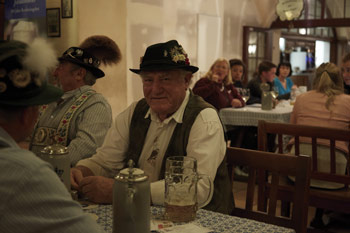 |
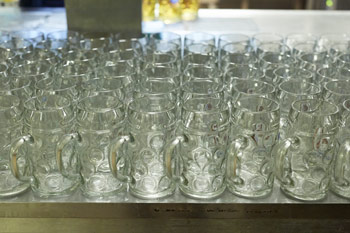 |
|
|
|
Found MUJI: MUJI Emporium
Level 2, Emporium Shopping Centre, 287 Lonsdale St, Melbourne, 3000
(▸ Store information)
